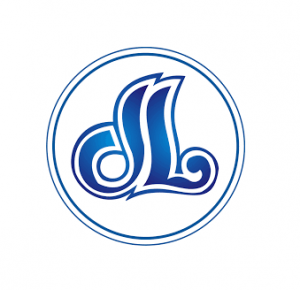Indonesia celebrates 2nd October as National Batik Day, in commemoration of the day when UNESCO recognised batik as Indonesia’s contribution to the world of cultural heritage. Now Indonesians have repositioned batik as a national icon and pride, with the international community also appreciating the fabric and batik as an artform. The art of batik is highly diverse and continues to evolve organically to reflect modern day techniques and fashion trends. Within this evolution, how will batik develop next?
Batik in Indonesia
A traditional fabric made through the wax-resist method with deep meaning associated with each individual pattern; batik dates back to the era of Indonesia’s ancient kingdoms. The fabric originates from Java; with influences from Chinese, Arabian, and even European acculturations; now other regions in Indonesia have produced their own batik motifs, which are considered on par with the original Javanese patterns. Nevertheless, with the tide of western influence after Indonesia’s independence, the centuries old traditional fabric fell out of favour with the younger generation. Batik stayed kept in drawers, only to be worn at formal occasions.
The 2nd October 2009 saw UNESCO including batik as Indonesia’s contribution into the Representative List of the Intangible Cultural Heritage (ICH) for Humanity. Since then, the Indonesian people have reclaimed batik as a national icon and a core part of the Indonesian identity. In addition to government officials, civil servants, and employees of state owned enterprises, employees of private corporations are also encouraged to wear batik at work.
Batik on the International Stage
On the international scene, batik has already taken its place in the contemporary fashion industry. Now the fabric is not only used for traditional clothing, but has also found its way to applications such as haute couture as well as being used in accessories such as handbags. Many popular figures have walked the red carpet proudly wearing batik, from Bill Gates, Nelson Mandela to Barack Obama, and from Beyoncé Knowles to Jessica Alba.
The international fashion scene has seen Indonesian designers introducing batik to the world through mixing the fabric with modern designs and production methods. For example, Iwan Tirta, famous for his batik shirt designs worn by the head of state at the APEC Summit in 1994; Ramli, who pioneered using batik on modern clothing including boleros, jackets, and suits; and Obin, who pioneered techniques in creating new fabrics to be batiked. The works of others such as Ghea Panggabean, Edward Hutabarat, Poppy Darsono, and many others have also supported batik on the international stage.
These advancements have also influenced internationally renowned designers from other countries to include batik in their design collections. Notably, the Belgian-American designer Diane von Furstenberg’s batik dress worn by the Duchess of Cambridge Kate Middleton; while Angelina Jolie was seen wearing a batik dress by US designer Nicole Miller. Other international designers who also featured batik in their collection include Belgium’s Dries van Noten, Thailand’s Ek Throngprassert, and Italy’s Milo Milavica. In addition, one of Italy’s oldest fashion schools, Koefia, has not only included batik fashion in its curriculum, but has also paraded its stylish designs on the catwalk.
The fabric is also being exported to many countries especially the USA, South Korea, Japan, Germany, United Kingdom, and the Netherlands. The first quarter of 2017 has seen Indonesian batik exportsreaching a total value of$39.4 million USD, with the USA being the largest export market making up 37% of the total value. Data from Statistics Indonesia also showed that since 2011, figures for exports, employment in the sector, number of business units, total production value, and materials value have all been on the rise.
Batik’s Future
UNESCO recognition and decades ofinternational appreciation have definitely increased the pride felt by Indonesians about batik which has led to the emergence of new and modern batik brands. In homeware and furnishings, the use of batik and ikat fabrics has also become more commonplace among high end brands.
Methods of batik application have also evolved; a new appreciation for handmade batik has given rise to new producers within this field for traditional motifs as well as the more modern and abstract batik tulis. The fabrics that batik patterns can be applied to has also moved on from silk and cotton to thicker fabrics such as wool and cashmere for winter collections. Luxurious embellishments such as metallic gold thread are also adding new dimensions to the possibilities of how batik can be customised and made into an individual fabric for use by apparel and homeware brands.


